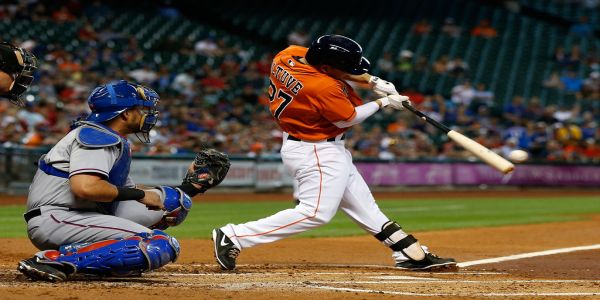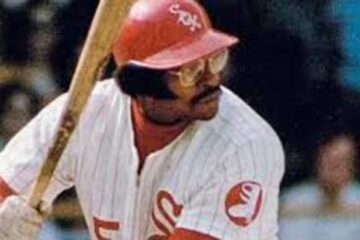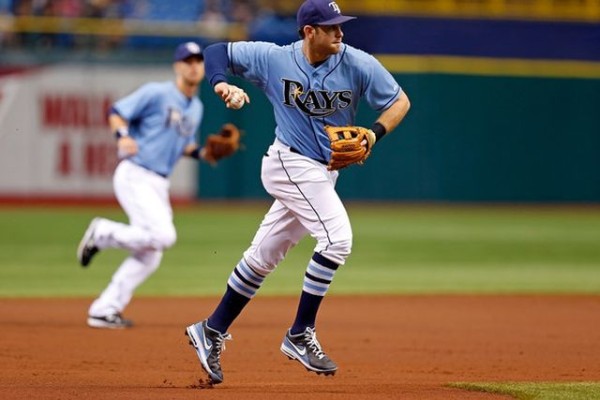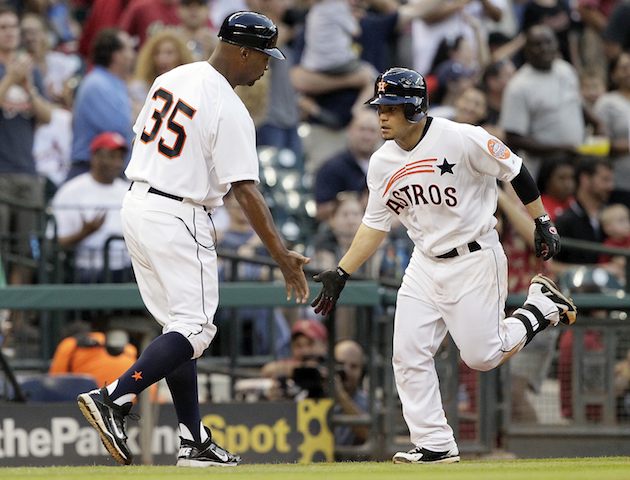The Platoon Advantage: Third Basemen
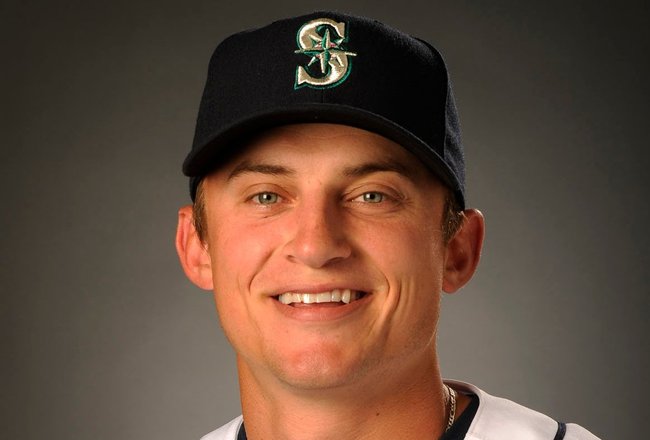
There is a governing rule in the radio business that your listening audience turns over every ten to fifteen minutes. Some people get in the car and some people get out of the car. So, you have to reset your conversation every now and then just to keep the new people up. While I can certainly hope that everyone reads all of my articles, I know that will never be true. So, before we dive into the third basemen we will reset the discussion, so that new readers will be up to speed just like the old ones.
When most people draft players they look at the whole player to determine their value. They don’t bother to break players down into their parts because they simply plug him in at the beginning of the week and allow him to play everyday. They do this regardless of whether he has a solid track record against both right handers and lefties. Smart fantasy players use their bench slots to their advantage. One way to use a bench slot is to complement a player that hits well against right-handers with one that hits well against lefties. That way, they can combine those two players and create one superstar in the aggregate.
Bench spots are limited, so what follows is a look at the third base position to see if any platoons are actually warranted. If you have been following the series, you know that catcher and second base have some excellent platoon opportunities while first base is rather limited. If this is your first article in the series I definitely invite you to go back to the other positions to see if you can get the jump on your league. Exploiting platoon advantages not only improves your performance at a position, but it also allows you to save your top picks for other positions you may have a desperate need in.
For simplicity sake, we use Baseball Prospectus’s total average for our comparisons. Total average encompasses everything a player does offensively (including base running), but expresses it like a batting average. .260 represents the league average. Everything from there is really self-explanatory. We will begin our journey by looking at players that are balanced in their offensive production.
|
Bats |
TAVR |
TAVL |
DIFF |
|
| Miguel Cabrera |
R |
.345 |
.321 |
.024 |
| Aramis Ramirez |
R |
.294 |
.321 |
.027 |
| Adrian Beltre |
R |
.316 |
.295 |
.021 |
| Chase Headley |
B |
.310 |
.287 |
.023 |
| David Freese |
R |
.279 |
.308 |
.029 |
| Ryan Zimmerman |
R |
.284 |
.297 |
.013 |
| Todd Frazier |
R |
.278 |
.295 |
.017 |
| Brett Lawrie |
R |
.266 |
.287 |
.021 |
| Martin Prado |
R |
.269 |
.286 |
.017 |
The main thing to note in this table are the names that are missing. ADPs are based on the player’s overall production, so we must keep that in mind. No one in their right mind would argue that Aramis Ramirez is the second best third baseman on the board. He is the second best third baseman among those we would consider balanced. For our purposes, that means he has a gap of thirty points or less in his production on the left and right side. It doesn’t mean I would necessarily recommend making him your second third baseman on the board.
Seeing the list above does indicate that the opportunities for strong platoons is probably negligible at the position. When you throw in obvious stars like Evan Longoria and David Wright you will see that you can probably get a pretty balanced guy to man third without much effort. Like with big league teams, you typically don’t have many bench slots in fantasy baseball. So, if you can get one player that can play regularly at the position, you can dedicate those platoon slots to other positions.
As we move onto the players that are dominant against right-handed pitching, take note of the order the players are placed in. The order is dependent on how they performed against right-handers specifically and not necessarily in their overall quality. All of these numbers (and the ones above) represent the players’ career averages. So, we can be fairly confident that they will continue along these lines.
|
Bats |
TAVR |
TAVL |
DIFF |
|
| Pablo Sandoval |
B |
.307 |
.264 |
.043 |
| Kyle Seager |
L |
.291 |
.236 |
.055 |
| Mike Moustakas |
L |
.259 |
.239 |
.020 |
Immediately, we see that there won’t be many platoon opportunities at the position. I would avoid Mike Moustakas altogether since he is slightly below average from his strong side. Sure, he may continue to develop as a hitter and it is actually reasonable to expect it, but making him a top ten third baseman just doesn’t make any sense to me. Given the strength of the position, I would rather let someone else go that route and wind up disappointed. This leaves Sandoval and Seager as platoon candidates.
One of the things to keep in mind when choosing a platoon partner is how much of an advantage you will get with the platoon. Since Sandoval is above average against lefties, you would need to find someone that is way above average to make it worth your while. Sandoval will likely be somewhere between fifth and eighth among third basemen taken. If you sit him against lefties, he will still play 80 percent of the time, but is it really a good idea to spend a significant pick on a platoon partner to gain 20 or 30 points in total average?
This is while Seager is a better option if you want to go the platoon route. First of all, his horrible total average against lefties drags down his overall value to the point where you can draft him in later rounds. Secondly, you won’t have to try that hard to find someone that can hit lefties significantly better. To get the best bang for your buck, you are looking for a mirror image of Seager. Someone that underproduces against righties will see his value diminished enough to where you can use two late round picks to create one player that looks like an all-star.
|
Bats |
TAVR |
TAVL |
DIFF |
|
| Evan Longoria |
R |
.304 |
.353 |
.049 |
| Kevin Youkilis |
R |
.273 |
.332 |
.059 |
| David Wright |
R |
.294 |
.331 |
.037 |
| Jeff Keppinger |
R |
.255 |
.306 |
.051 |
| Trevor Plouffe |
R |
.247 |
.302 |
.055 |
| Will Middlebrooks |
R |
.266 |
.299 |
.033 |
Near the bottom of the table we see two guys that really fit the bill. Jeff Keppinger and Trevor Plouffe fit a platoon situation for a number of reasons. First, their overall value is almost in the toilet, so you can wait past the 20th round to select them in most drafts. Secondly, both are eligible at multiple positions in most leagues. Keppinger in particular will definitely be eligible at second base and at short in some leagues. Plouffe’s likely will be limited to short and third, but that’s still a solid use of a bench slot.
If you can manage your roster well, you can use these two players to provide a platoon advantage at multiple positions. So, let’s say that Kyle Seager is facing a right-hander and Keppinger is facing a lefty. You could bench Seager since Keppinger’s total average is slightly better, but you could also bench a player at one of Keppinger’s other positions if they happen to be going up against a pitcher from the side they struggle on. It might take a few minutes each day to crunch the numbers, but if you do it often enough you will see the results at the end of the season.


